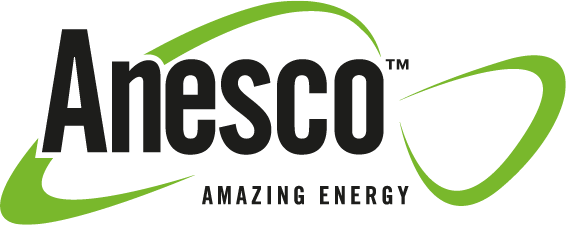Low Farm
Project overview
From identifying and securing land, to feasibility and technical design, the development team at Anesco plays a critical part in the success of every project.In 2020, the team worked closely with the local community, landowner, tenant, and local planning authority to overcome all challenges and successfully secure planning permission for a 50MW solar farm in Lincolnshire.
Low Farm is located on a 60-hectare site in Wainfleet near Skegness. Once complete the solar farm will generate enough clean energy to power an estimated 13,500 homes, while helping to save 12,000 tonnes of carbon emissions annually.
The site – which will have a lifespan of 40 years – will contribute to the UK’s drive towards net zero greenhouse gases by 2050, while supporting the local authority’s own Carbon Reduction Plan and commitment to becoming net zero by 2040.
Site surveys and technical design
Anesco’s project development team managed every aspect of the highly involved design and planning process. The result was a technically and structurally sound design, which is expected to achieve long term yield and an impressive return on investment, with a strong focus on biodiversity and ensuring the maximum environmental impact is achieved.
Alongside producing detailed technical drawings of the site, the team undertook a range of site surveys to create reports covering everything from ecology, heritage, flood risk and agricultural land classification to traffic/transport. A grid connection application was also submitted.
Biodiversity and ecology
Low Farm will benefit from significant ecological enhancements that could result in a biodiversity net gain of more than 130%. The enhancements include a new length of hedgerow and the creation of wildflower meadows and habitats, which are specially designed to support some of the UK’s most at-risk species. A barn owl box, kestrel box and two bat boxes will also be placed around the perimeter of the site.
Anesco has long been committed to going above and beyond planning requirements to create sites that best support local wildlife. A long-standing relationship with the RSPB has led to research proving the significant biodiversity benefits these types of schemes can bring.
Submission and management of planning application
The project development team managed all aspects of the planning application process from initial feasibility studies through to community engagement and liaison with the planning authority to approve the application. While local planning officers backed the project, the application was put in front of the planning committee.
Following detailed discussions between Anesco and the committee, covering all aspects of the proposed project, approval for the application was then granted.
Gresham House acquires Low Farm
The solar farm was subsequently acquired from Anesco by Gresham House, as part of a three-year development and construction partnership valued in excess of £100 million. Low Farm is the first project to transact under the partnership.
All engineering, procurement and construction will be handled by Anesco, along with long term operations and maintenance services being provided once the site is energised.
Client comment: Wayne Cranstone, Investment Director, New Energy at Gresham House, said: “We are pleased to be acquiring another large scale, sensitively developed solar park from Anesco to add to our portfolio. This is the first one under our new partnership with Anesco and it is particularly pleasing to see the environmental benefits the development brings which are important given our focus on environmental, social and governance matters.”

Project Highlights
- Detailed technical drawings of the site produced
- Comprehensive site surveys carried out
- Grid connection application made
- Solar farm designed to achieve the maximum financial returns and environmental benefits
- Biodiversity net gain of 130% expected on site
- All aspects of the planning application and submission managed
- Permission secured from planning committee

